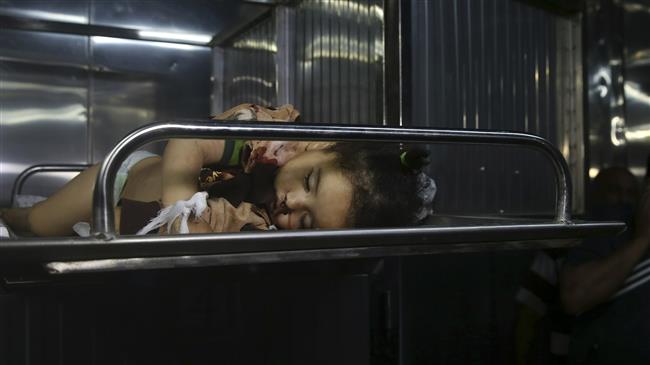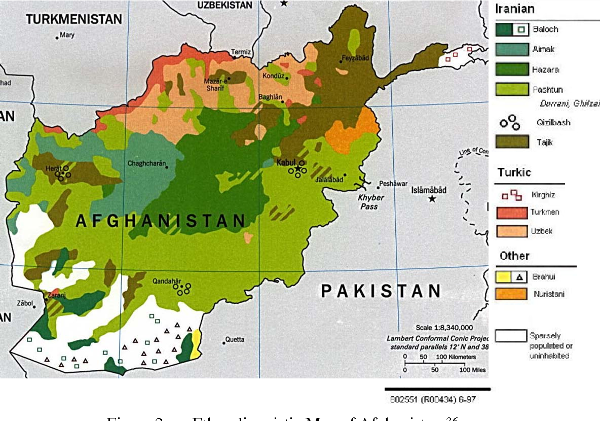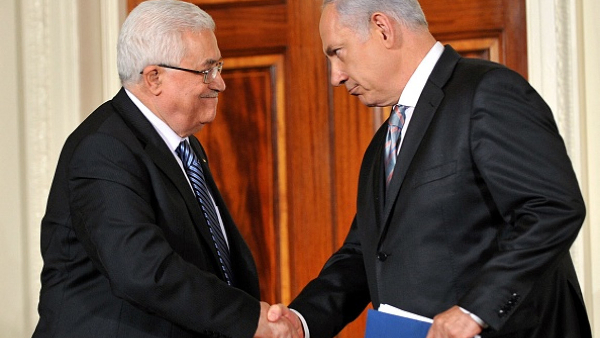On the eve of Introduction of the US-sponsored “deal of the century” on Palestinian cause, tensions in the occupied territories are increasingly escalating.

On Friday, which marked the 57th week of the “Great March of Return” by the Palestinians on the Gaza Strip border with the occupied territories, at least 2 peaceful protestors were killed by the Israeli troops, and over 50 others were wounded.
The latest Great March of Return was dedicated to the occupied Golan Heights, and the demonstrators chanted “Golan Heights are Arab and Syrian territories.” The demonstration was unprecedented in its type in terms of the number of casualties in just one day.
In a retaliatory measure, a sniper from Islamic Jihad fired at Israeli troops across the border wounding two of them, Israeli regime claimed.
Escalating the situation, Tel Aviv regime fighter jets hit the besieged Palestinian enclave and killed two fighters from Hamas resistance movement.
In a mirror response, Hamas and the Islamic Jihad movement fired more than 200 rockets towards cities and villages in southern territories occupied by the Israeli regime. Shrapnel from the Gaza rockets reportedly wounded two Israelis.
On Saturday, Israeli regime once again struck Gaza and killed three Palestinians including a pregnant mother and her one-year-old baby.
Violence against Palestinians, end of impasse in Tel Aviv
According to the Palestinian health authority, since the start of the return marches on March 30, 2018, the Israeli forces killed 273 peaceful protestors and injured 17021 others. The recent increase in violence, the analysts suggest, is not disconnected from Israeli regimeís domestic developments.
At the time being, despite the relative lead of Likud party, led by Benjamin Netanyahu, in the recent Knesset elections, the party has failed to secure votes enough to allow it form a government independently. On the opposite side, the opposition party Blue and White, led by Benny Gantz, has gained considerable votes and is behind Likud with a narrow margin.
Likud now desperately needs to coalesce with other parties, mainly right-wing parties, to form a cabinet. But such a coalition has a strict opponent: Avigdor Lieberman, the former defense minister and the leader of the rightist party Yisrael Beiteinu. Thought the party is a hardline, it is strongly against Netanyahu’s approach towards the Palestinians, particularly Gaza.
Over the past two years, Lieberman was defense minister in Netanyahu’s cabinet. He resigned from his post on November 14 after the PM agreed with Hamas a ceasefire deal in Gaza. Liberman was a staunch opponent of any truce with Gaza and argued that the attacks on besieged enclave should continue. He blasted Netanyahu’s policies as compromising. Responding to Lieberman, Netanyahu argued that he called for truce after a three-day exchange of fire and Hamasís retaliatory fires on the Israeli settlements to avoid tolls in the southern front. Since then, Likud and Yisrael Beiteinu’s deep division continued. But now, a lack of majority in votes makes Netanyahu heavily in need of an alliance with Lieberman for a new government.
So, the atrocities against the Palestinians on Friday and Saturday seem to be not untied to the internal Israeli developments. Netanyahu is certainly escalating fatal assaults on the Palestinians to gain Lieberman’s green light for a new cabinet. To put it differently, the increased Palestinian casualties are the price paid for Lieberman to be lured into a new government, for a broader goal of moving out of the current political deadlock.
Giving a fright
Yet from another aspect, the renewed atrocities against Palestinians are affected by some foreign factors and come as the US prepares to publicize the details of the so-called deal of the century. Jared Kushner, Trumpís advisor and son-in-law, stated that White House will unveil the deal and put it to action after the holy month of Ramadan. This means that only a month is left to the unveiling, though the large-scale opposition remains in place. Not only resistance movements but also the pro-Western leaders of the Palestinian Authority, on top of them Mahmoud Abbas, firmly come against it.
Netanyahu and other Israeli leaders are aware of the scale of opposition to the plan. It is expected to dismiss the UN-sponsored two-state solution and openly recognize annexation of the pre-1967 territories, labeled “illegal” by the UN and the European countries.
In such a situation, it is already clear how much antipathy the Trump move will get. Only a few weeks before the deal release, Netanyahu has embarked on a tough-handed crackdown in the Palestinian territories for the final goal of giving a fright to the Palestinian protestors and the foreign opponents. However, it is highly unlikely that the deal will go smoothly and without troubles and obstacles. Suffering for 70 years under Zionistsí occupation, the Palestinians still hold demonstrations in a bid to reclaim their motherland and return home. So, certainly, the biggest hurdle Trump and Netanyahu will find ahead of their scheme will be the massive objection of the Palestinian public. Over decades, the Palestinians received no affirmative response for support from the Arab rulers who kept silent all these years. But disappointment and submission have failed to find their way into the Palestinian people’s agenda to confront the occupation.
LINK: https://www.ansarpress.com/english/11047
TAGS:






























 Violation of the sovereignty and rights of afghan citizens by America
Violation of the sovereignty and rights of afghan citizens by America




